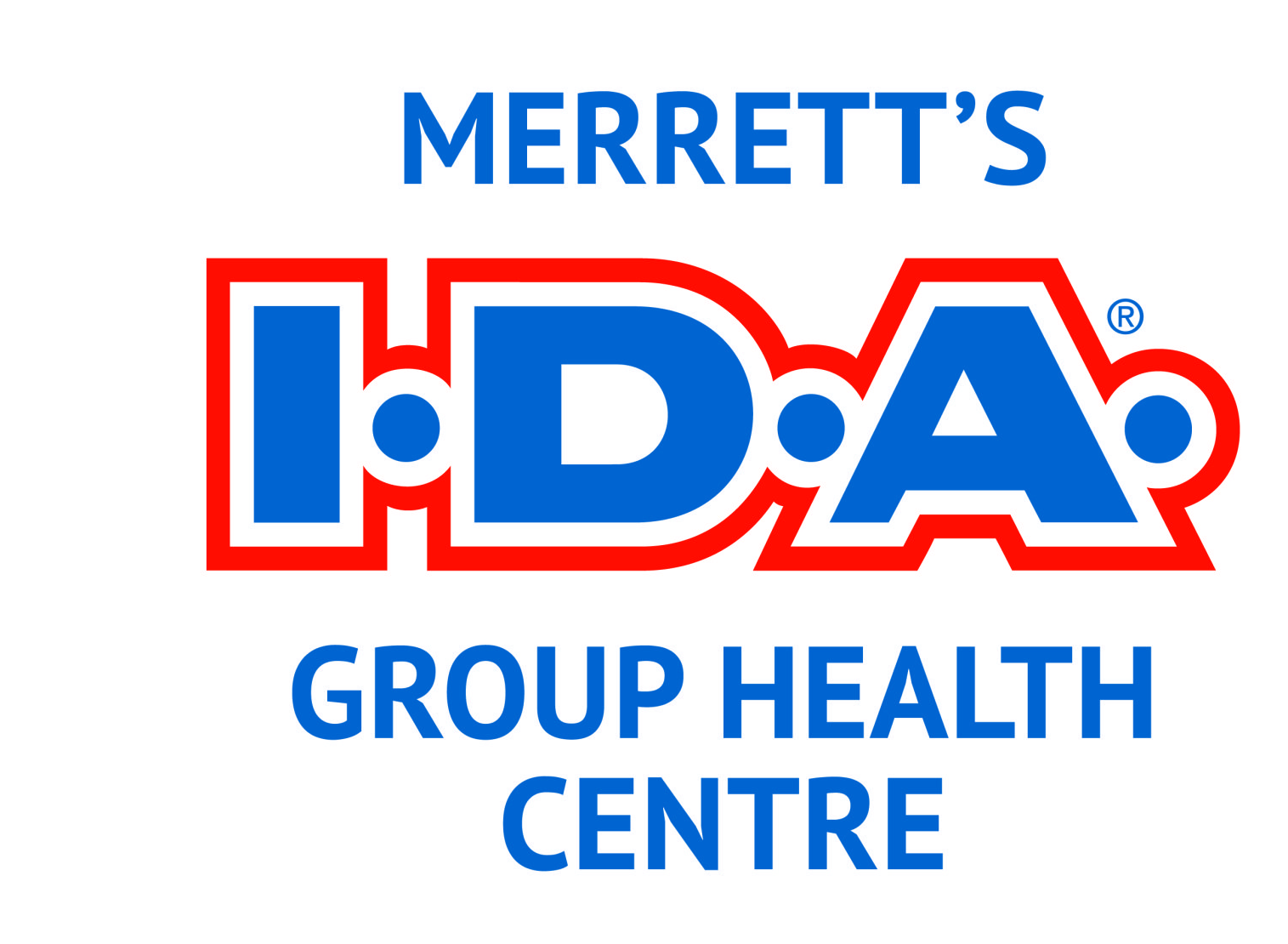Opioid Crisis
Opioid Crisis FAQ
- What are opioids?
Opioids are medications used to relieve severe pain. When taken as prescribed, opioids can improve quality of life for appropriate individuals.
Common prescription opioids include oxycodone (OxyContin), oxycocet (Percocet), Tylenol No. 3, codeine, morphine, hydromorphone and fentanyl.
Opioids can also be illegally produced or obtained in the format of heroin or fentanyl.
Opioids can induce euphoria or a ‘high’ feeling in the brain. This euphoria can lead to problematic use, dependence, overdose, or death.
- What is fentanyl?
Fentanyl is a powerful prescription painkiller about 50 to 100 times stronger than morphine.
Prescribed fentanyl is available as a patch that emits a slow, monitored release of the drug that provides safe and effective pain relief.
Illegal fentanyl is produced as a fine white powder that resembles cocaine or heroin. It is cheap and easy to produce, mixes easily into other drugs and induces a strong high.
Because fentanyl is odourless, tasteless, and hard to detect, many illicit users are unaware that they are consuming a street drug that is laced with potent fentanyl. This use could lead to accidental overdose or death.
- Who is at risk of opioid overdose?
An opioid overdose can happen to anyone. It does not discriminate against age, gender or social class.
When taking prescription opioids, most overdoses occur when starting a new dose, or when increasing the dose of your current opioid therapy.
Check with your prescriber or your pharmacist to monitor your medicinal therapy.
Illicit drug users are at risk of overdose as some street drugs may be laced or contaminated with stronger drugs, such as fentanyl.
- What can I do to protect myself and others from an opioid overdose?
Protect yourself and others against an opioid overdose by handling and storing medications safely as well as proper disposal of prescription opioids.
Refrain from sharing prescription medication and keep this medication in a cabinet that is locked or not easily accessible. Any leftover pills can be brought back to your pharmacy for safe disposal.
If someone in your household is taking opioids, it is always good practice to keep a naloxone kit on hand.
Speak to your health care provider about any history of substance abuse and the benefits and risks of taking prescription opioids.
Reducing the risk of and overdose can also include:
- not using alone
- knowing your tolerance
- having a naloxone kit available, and knowing how to use it
- using a small amount of an opioid first to check the strength
- not taking opioids with alcohol or other drugs (unless prescribed by your doctor)
- getting help for problematic opioid use
- What are the signs of opioid overdose? What do I do in the event of an overdose?
The signs of an overdose can include:
- limp body
- inability to wake up, even when shaken or shouted at
- slow, weak or no breathing
- heavy or unusual snoring
- blue lips and/or fingernails
- small pupils
- severe dizziness
If you think someone is overdosing, call 9-1-1 or your local emergency help line.
- If the person is unresponsive, try to awaken them by shouting their name or tapping their shoulder
- Give the person naloxone if available while you wait for professional help to arrive
- Follow the directions in your naloxone kit and from the 9-1-1 or emergency help line operator
- Administer CPR if you are trained to do so
- Monitor the person until professional help arrives
- What is naloxone? Where can I get it?
Naloxone is a life-saving medication that can stop or reverse an opioid overdose. It can be administered by injection or by a nasal spray and usually starts working within minutes. Sometimes multiple doses are required depending on the person’s response to the medication.
The effects of naloxone are temporary. If an overdose is suspected, call 9-1-1 immediately.
Naloxone will not stop the effects of an overdose from other drugs like benzodiazepines or alcohol. It has no harmful effects on someone who does not have opioids in their system, should it be accidently injected.
Speak to your local pharmacy about getting a naloxone kit. The pharmacist may be able to provide you with a naloxone kit as well as provide education and training on how to use it.
For help or support for opioid addiction or abuse, visit:
Health Canada Services on Substance Abuse
For more information on opioids and the opioid crisis, visit:
